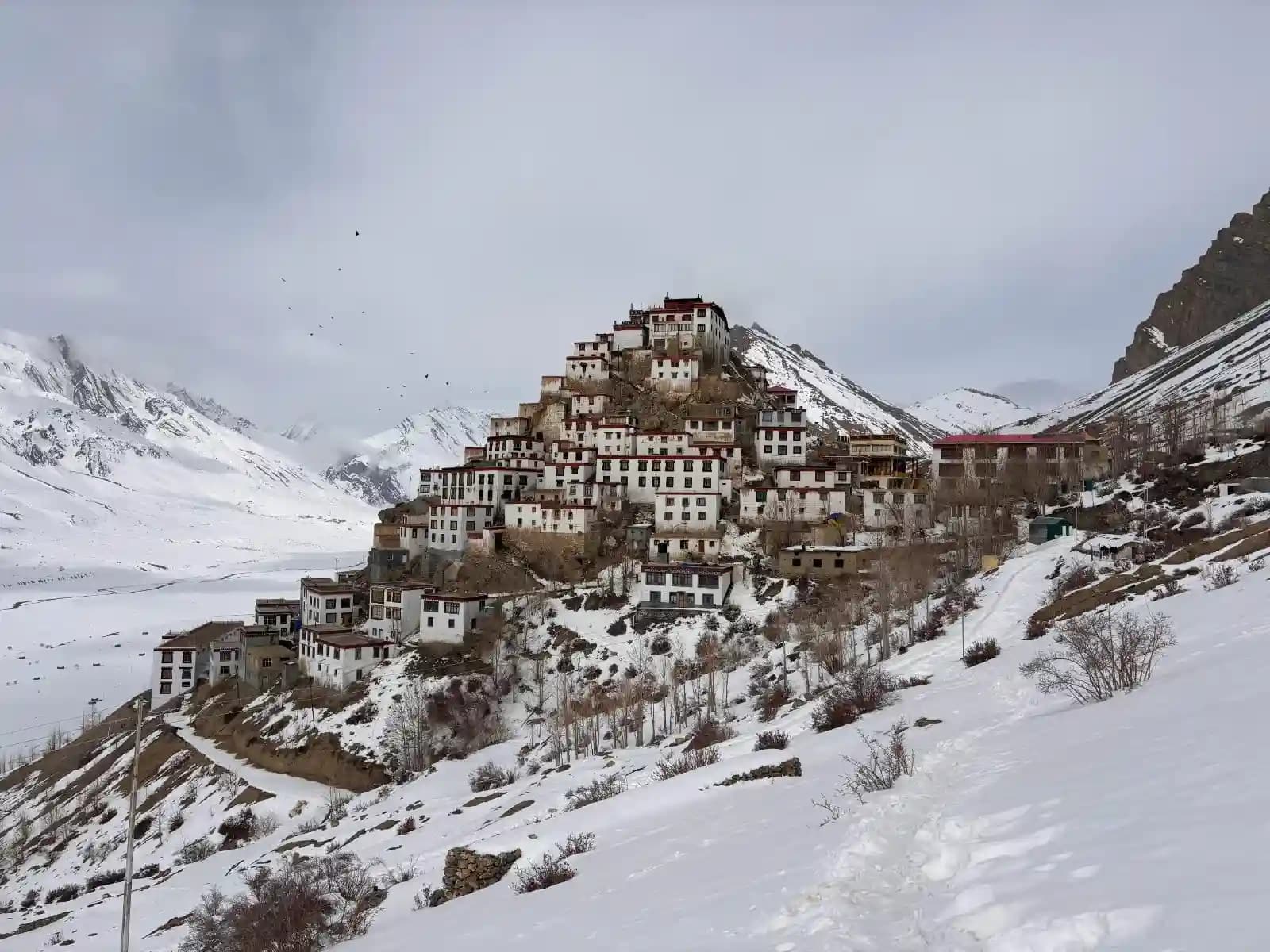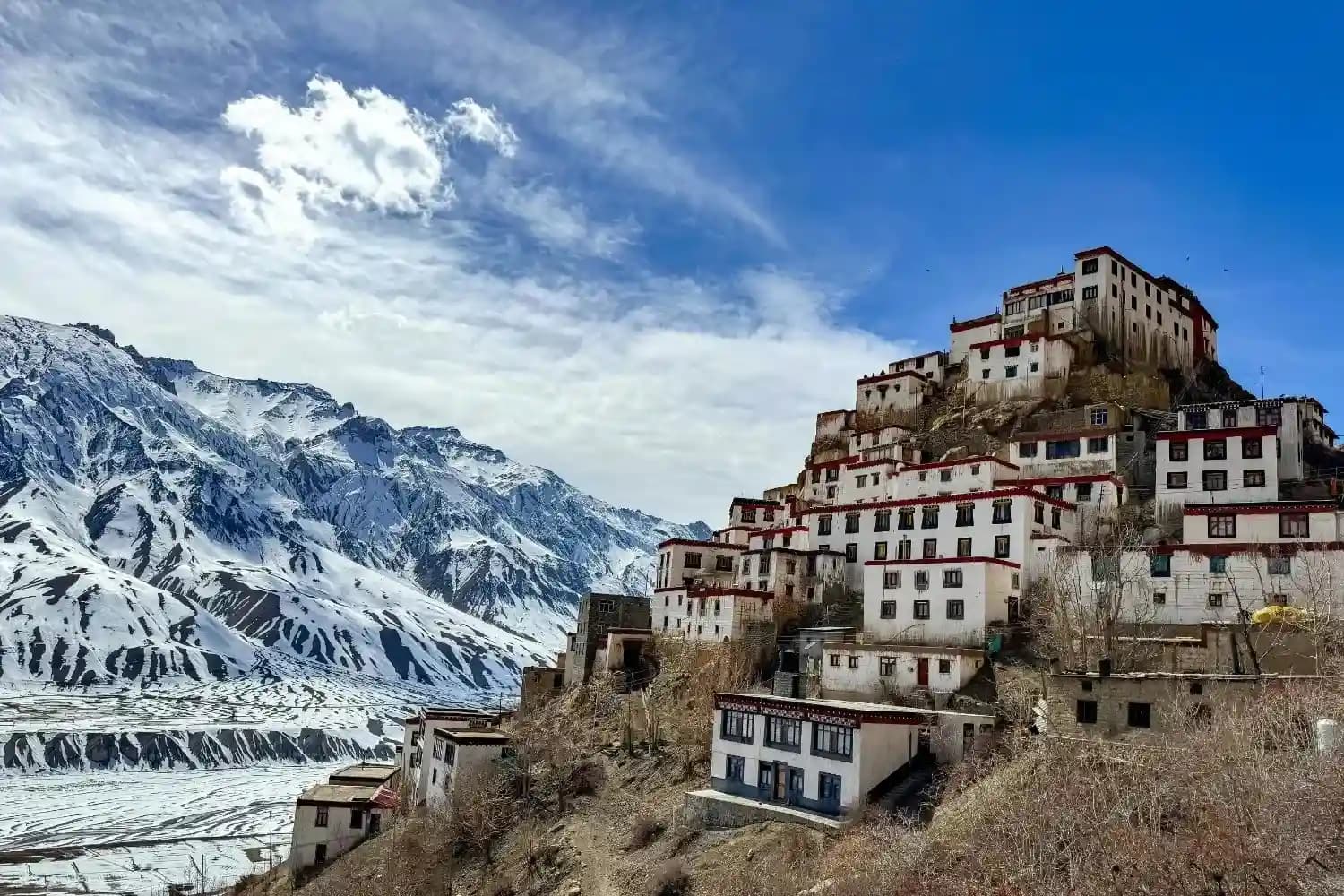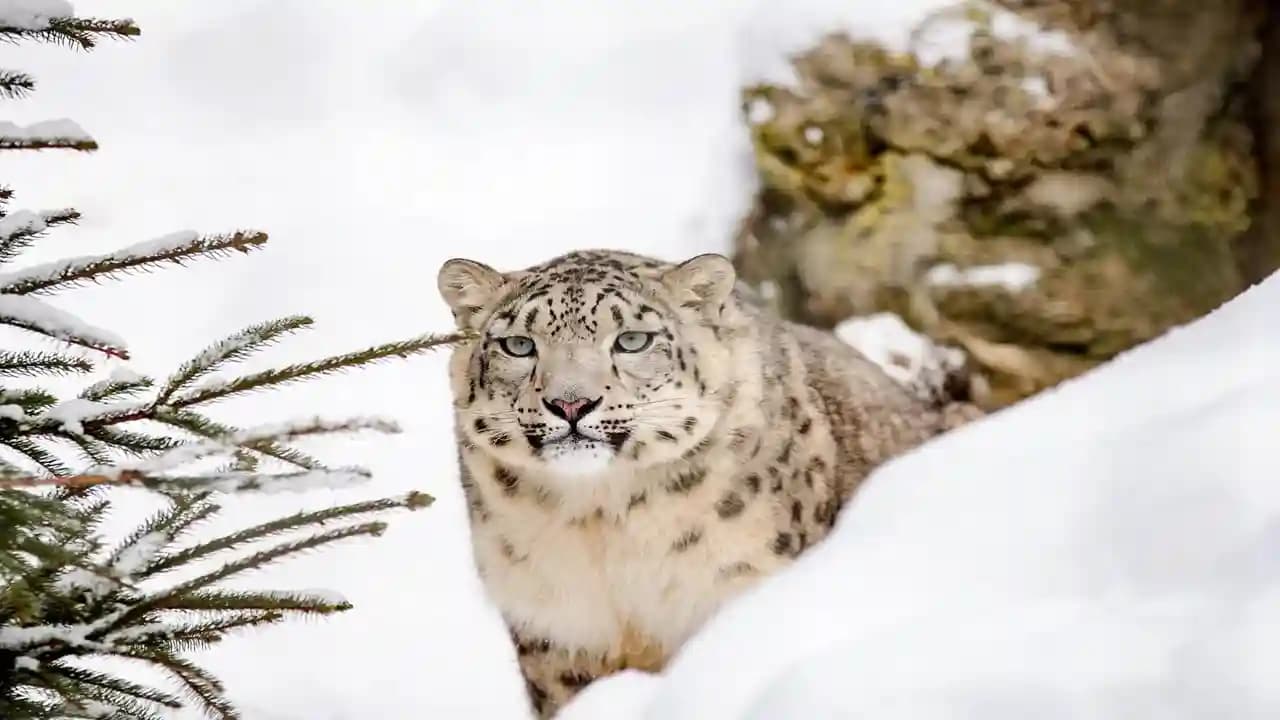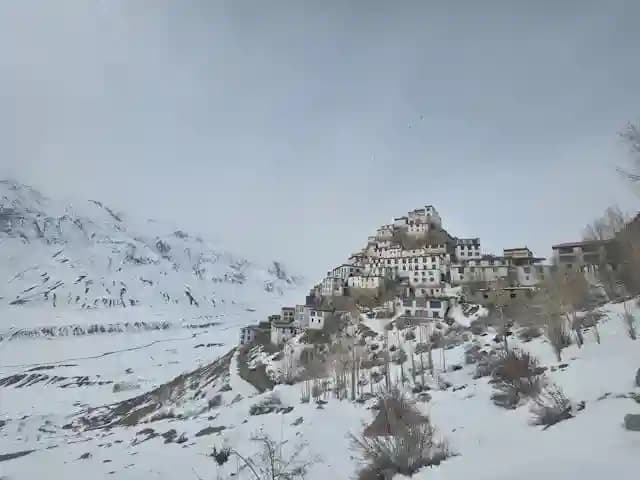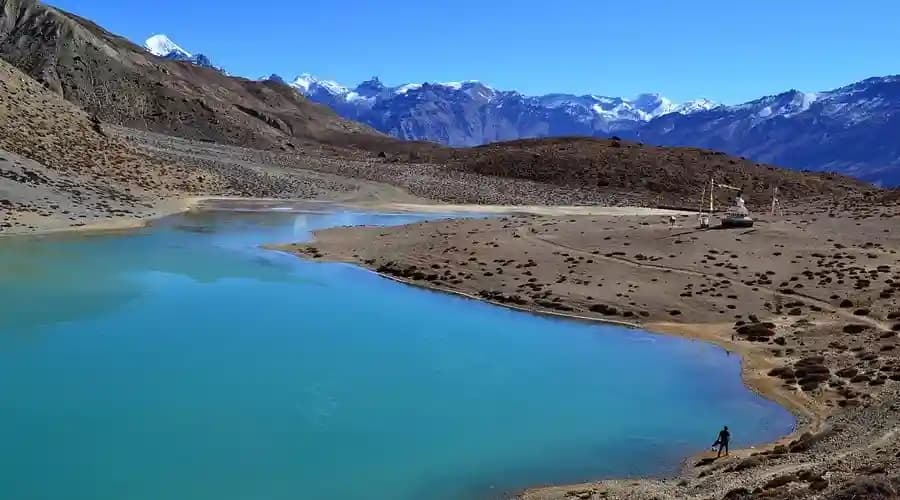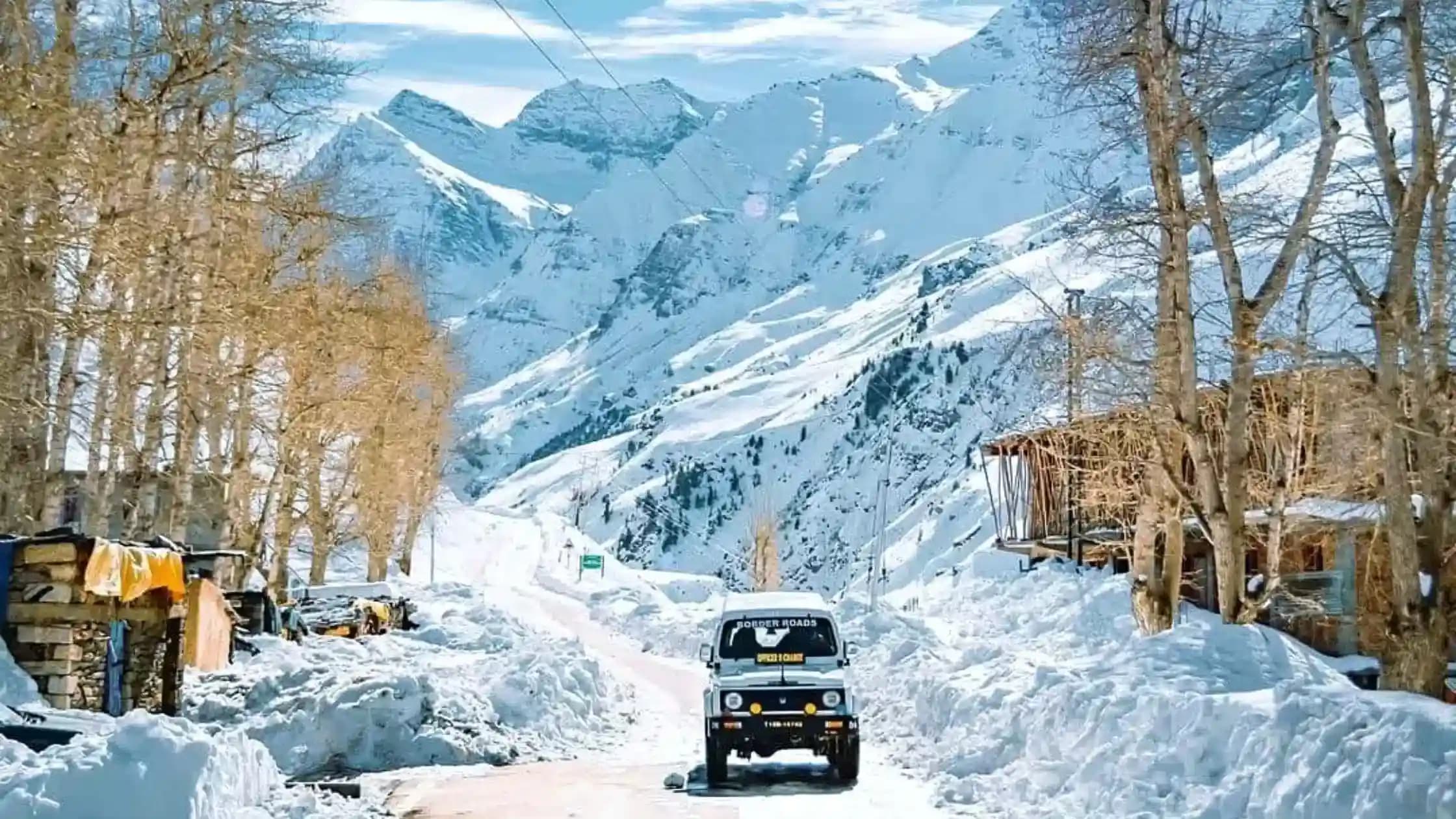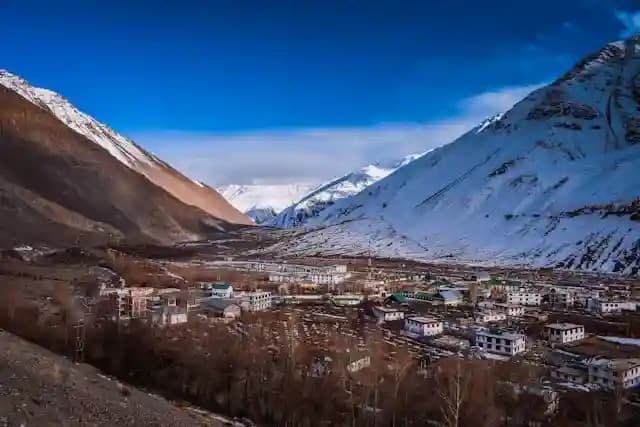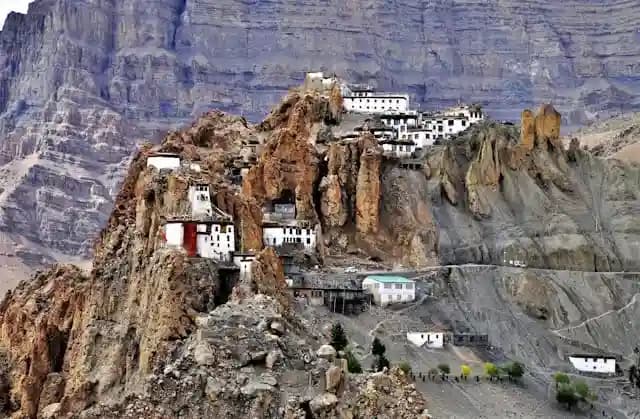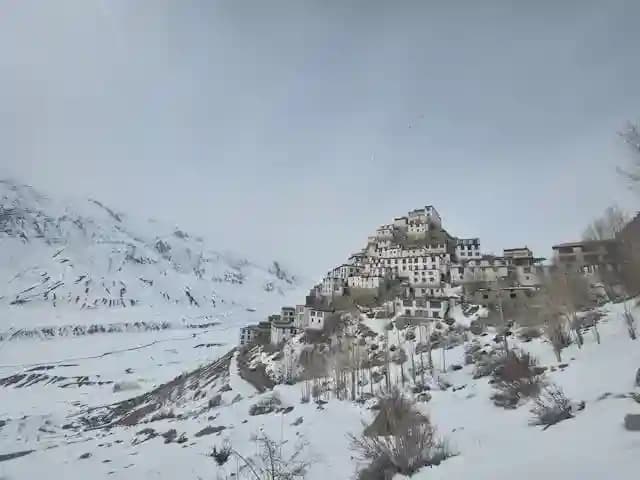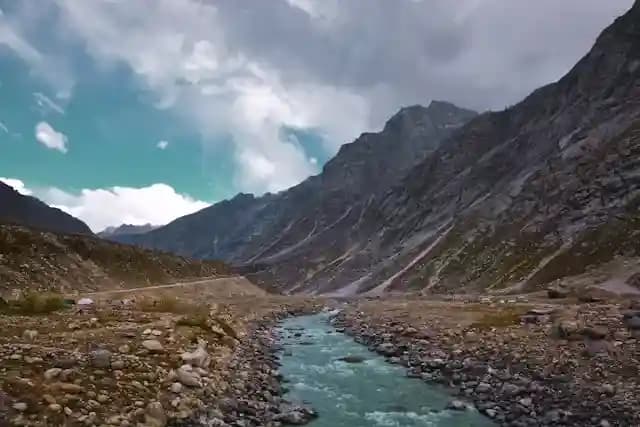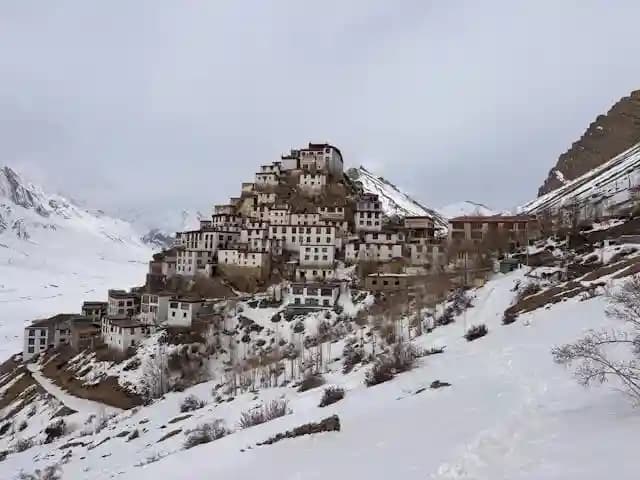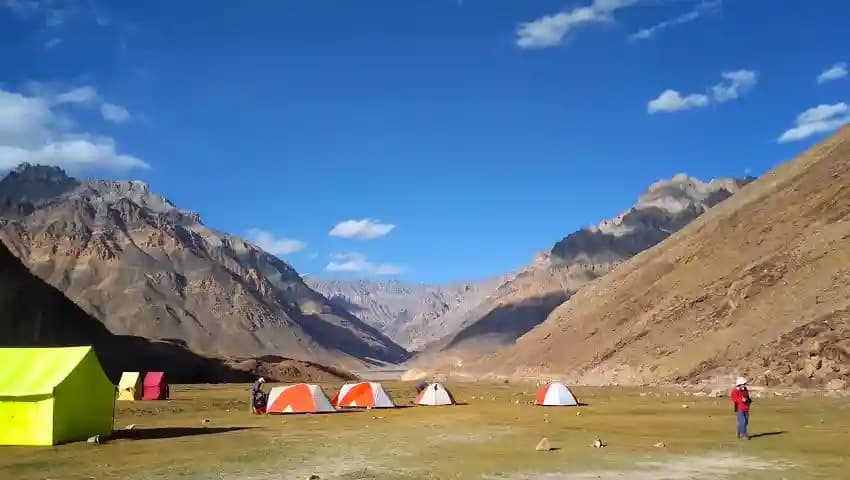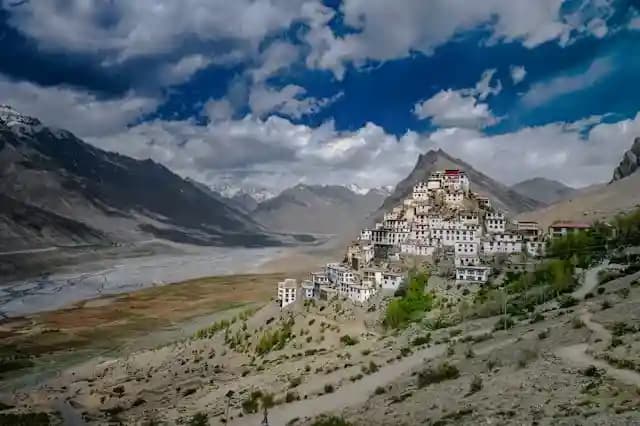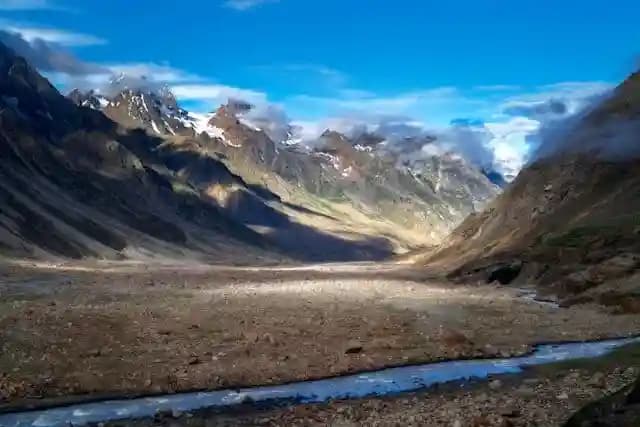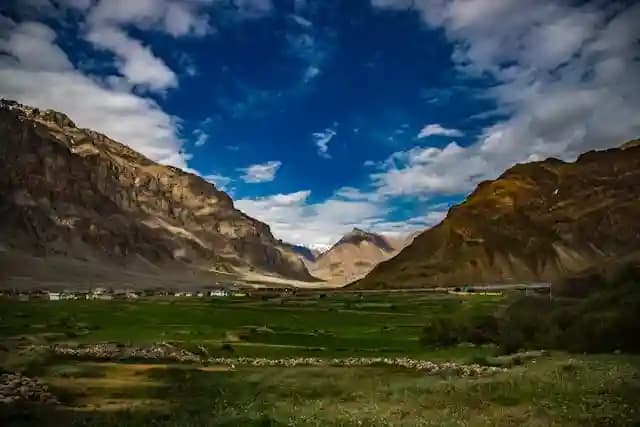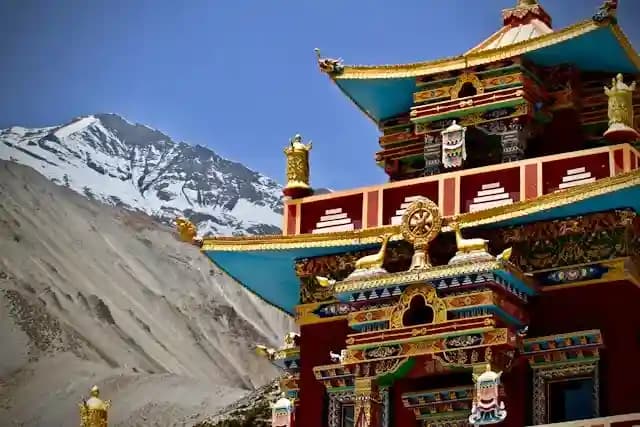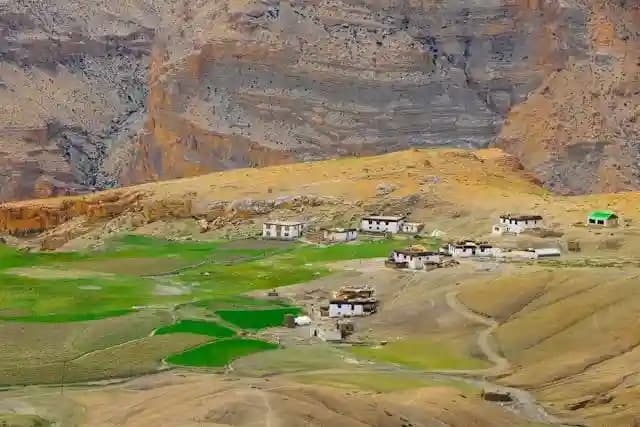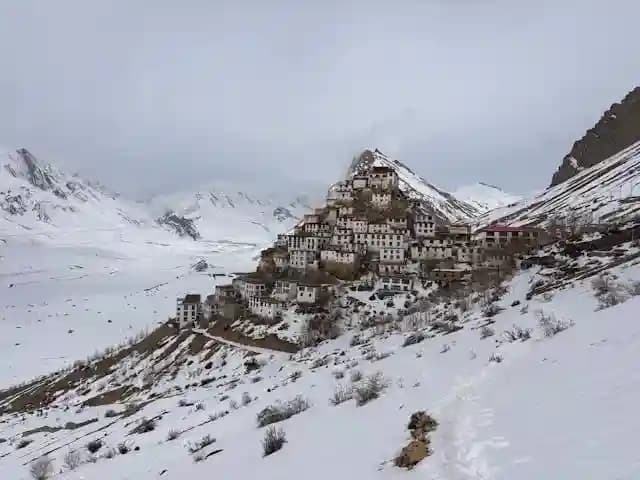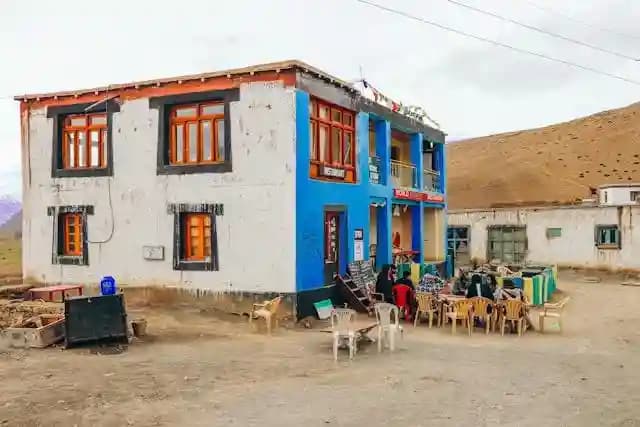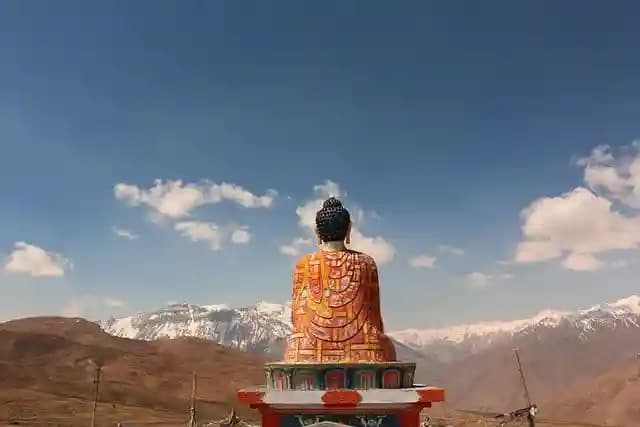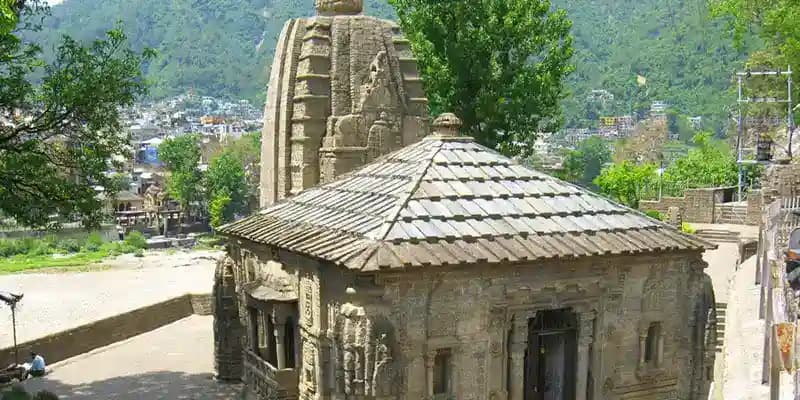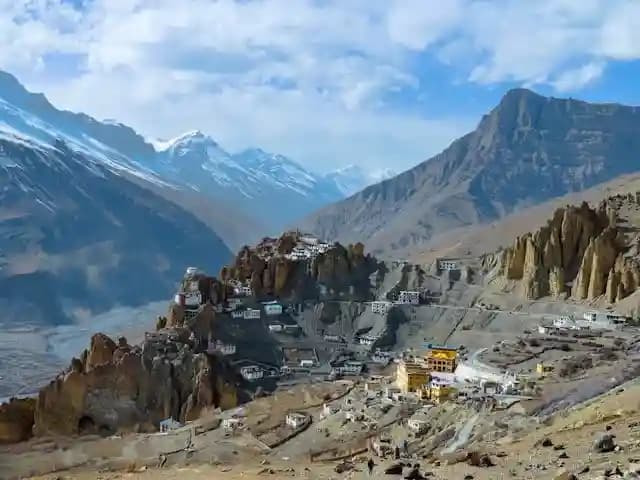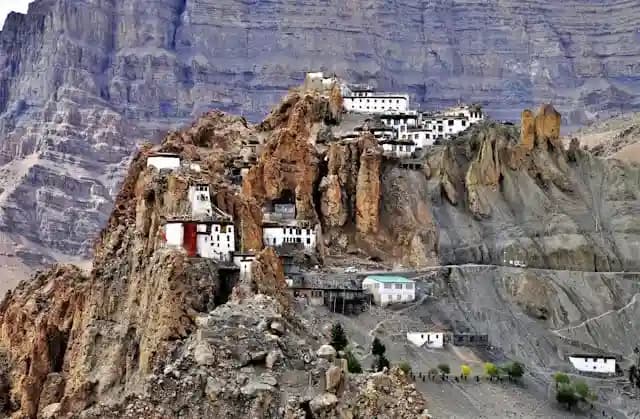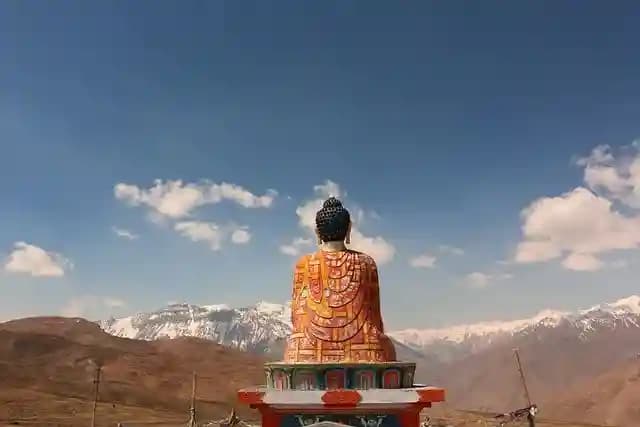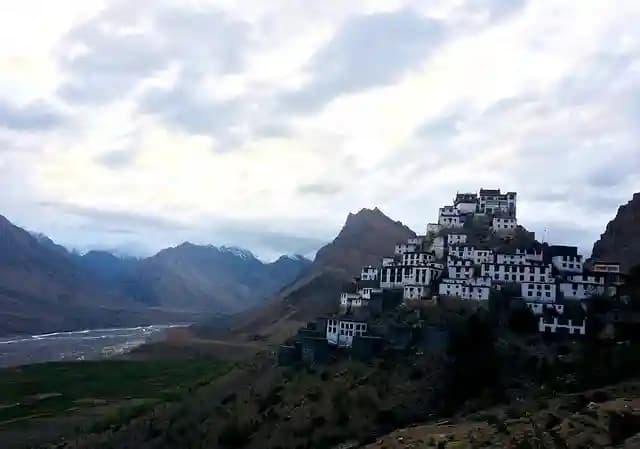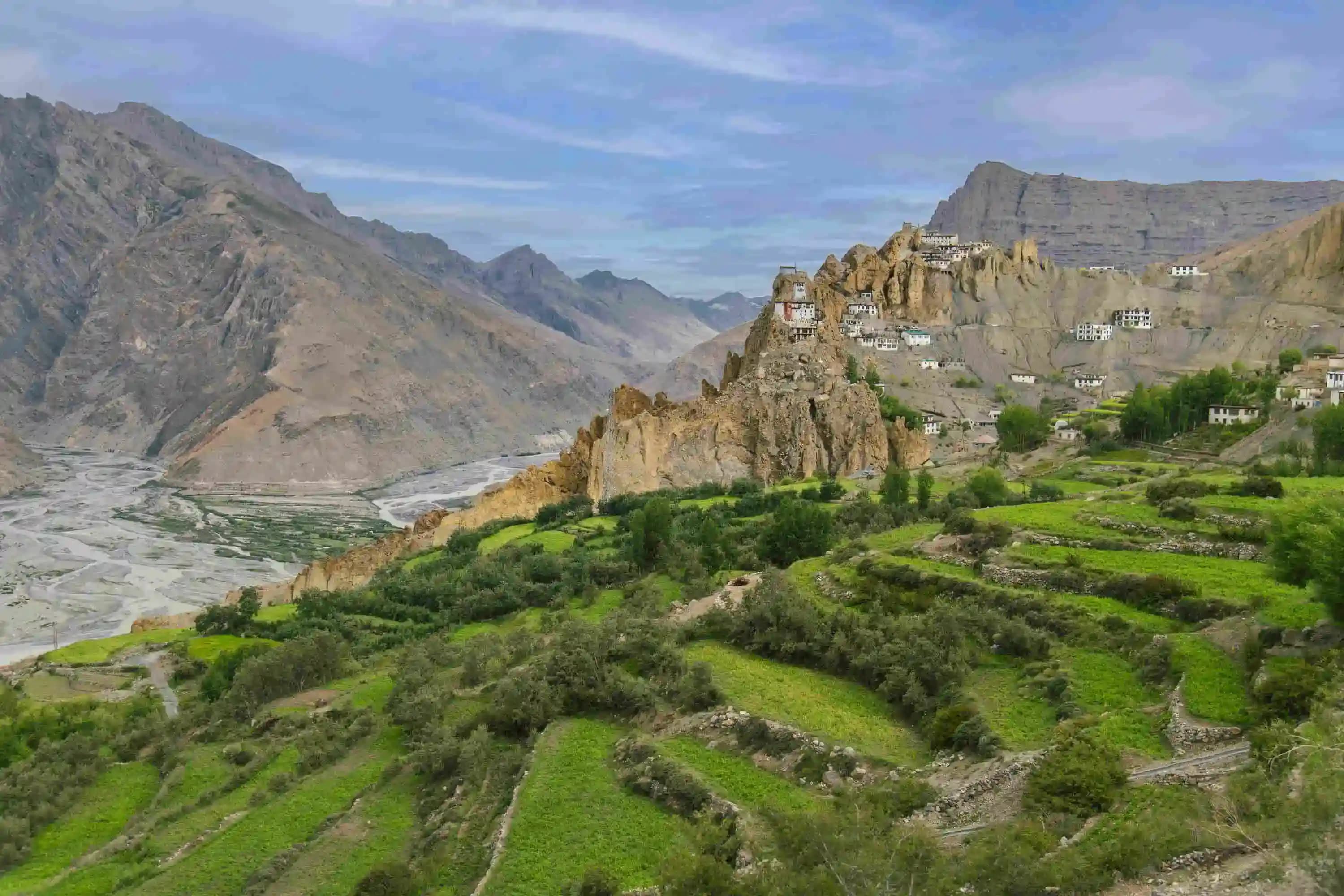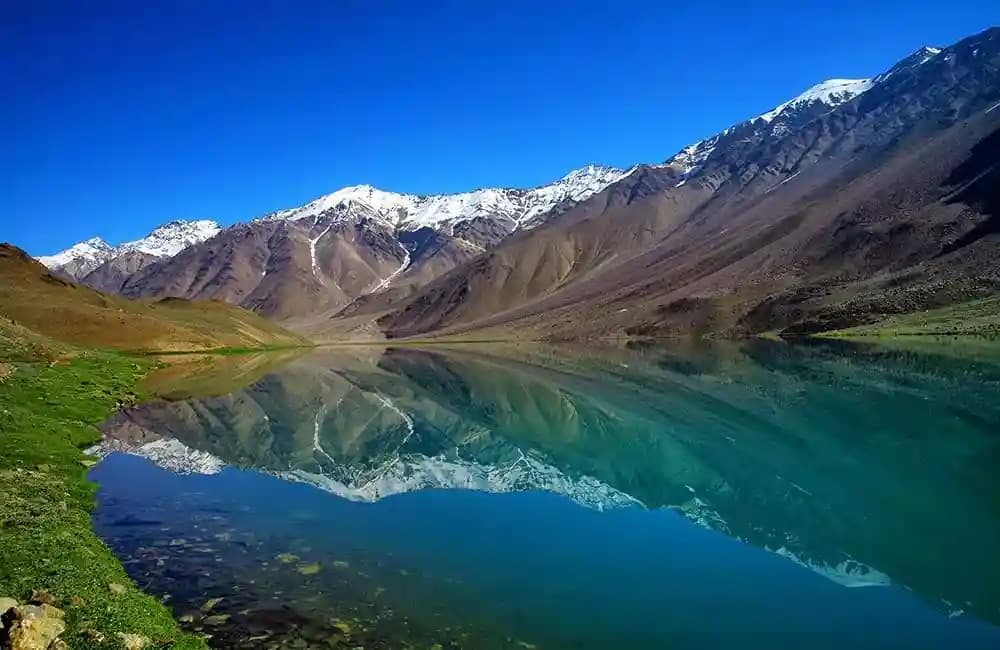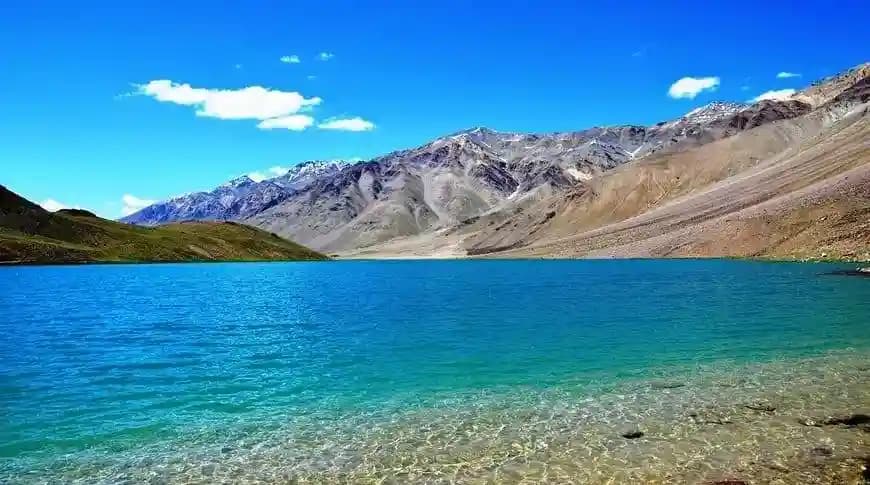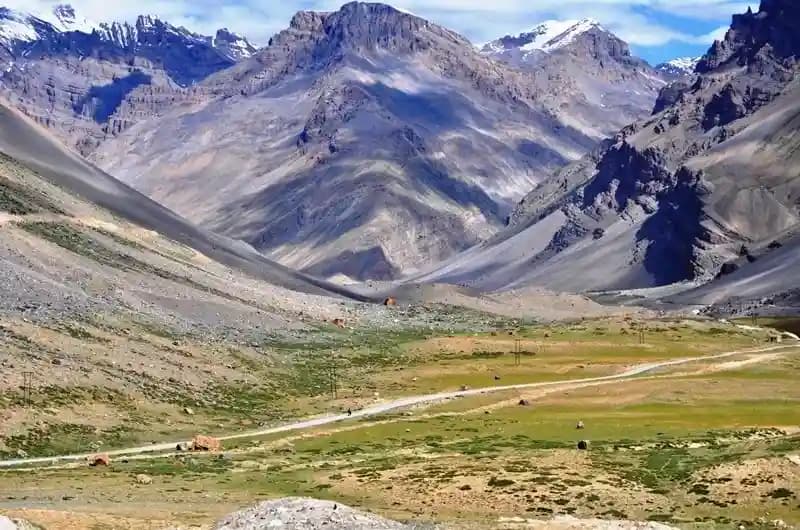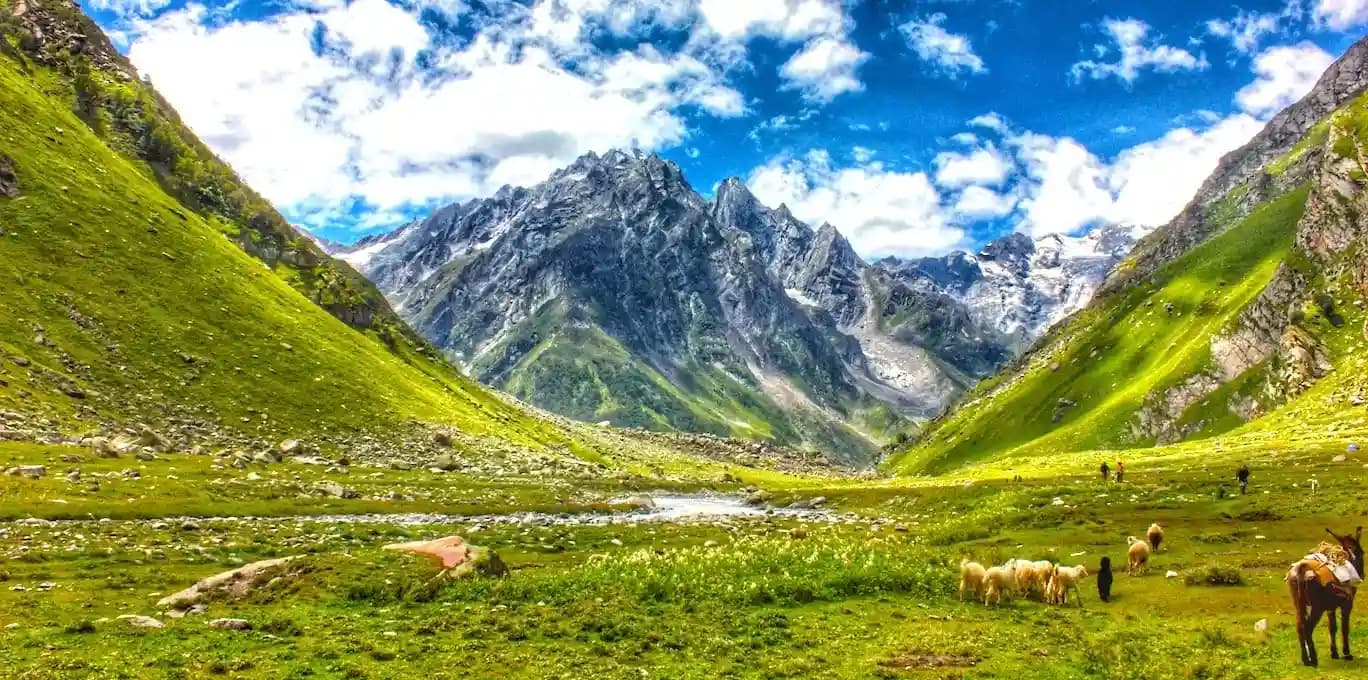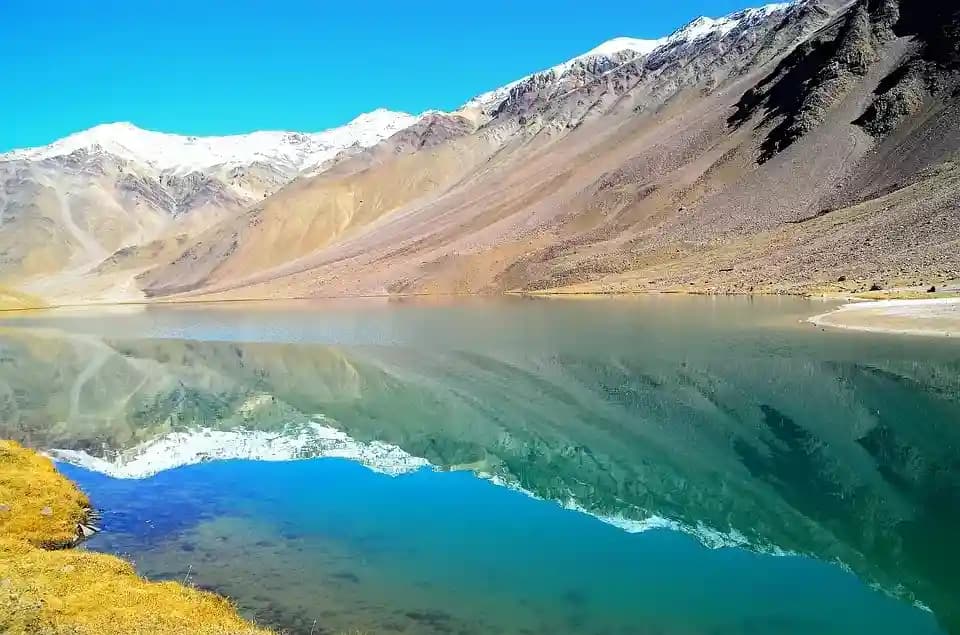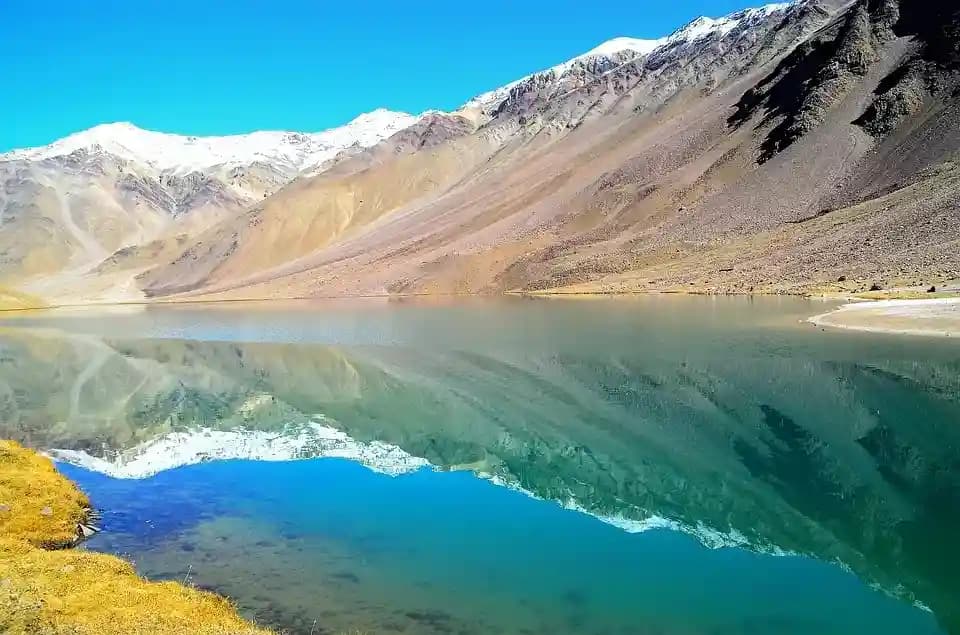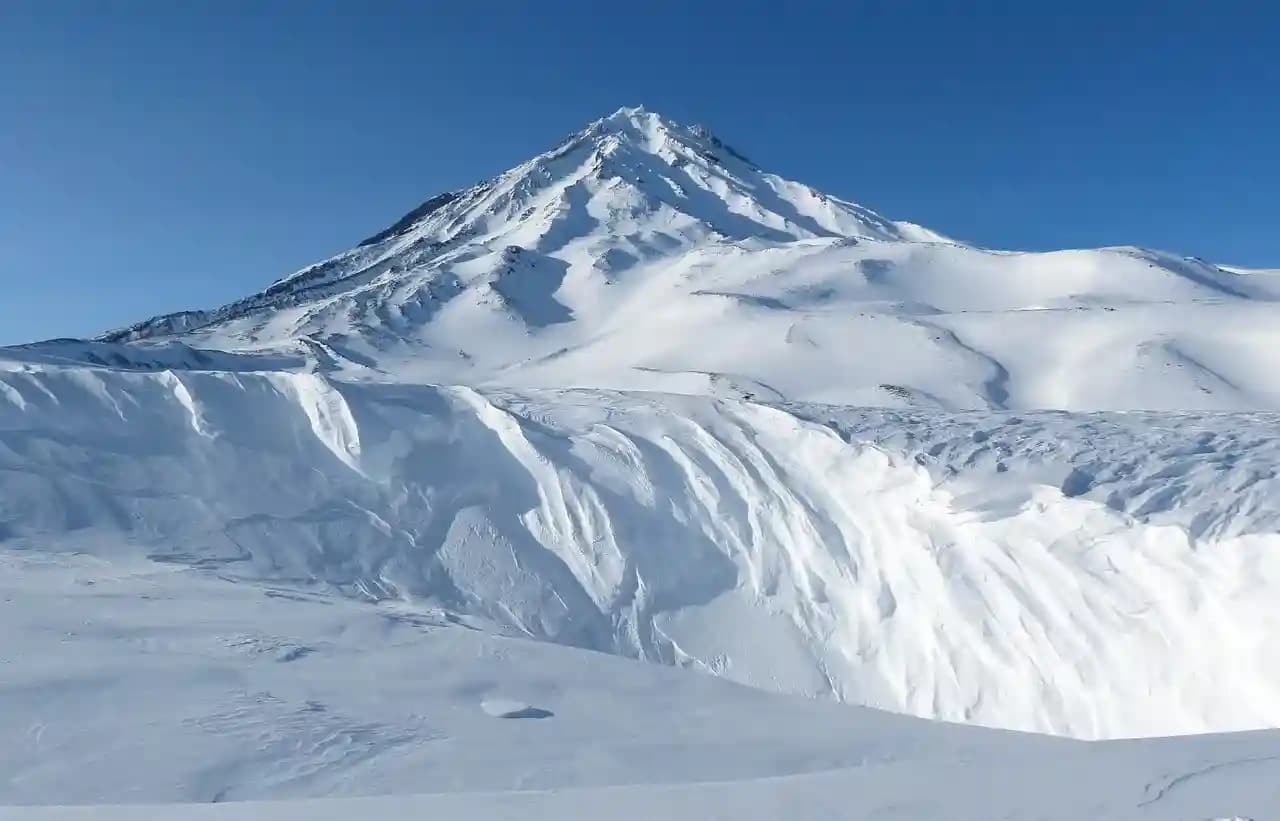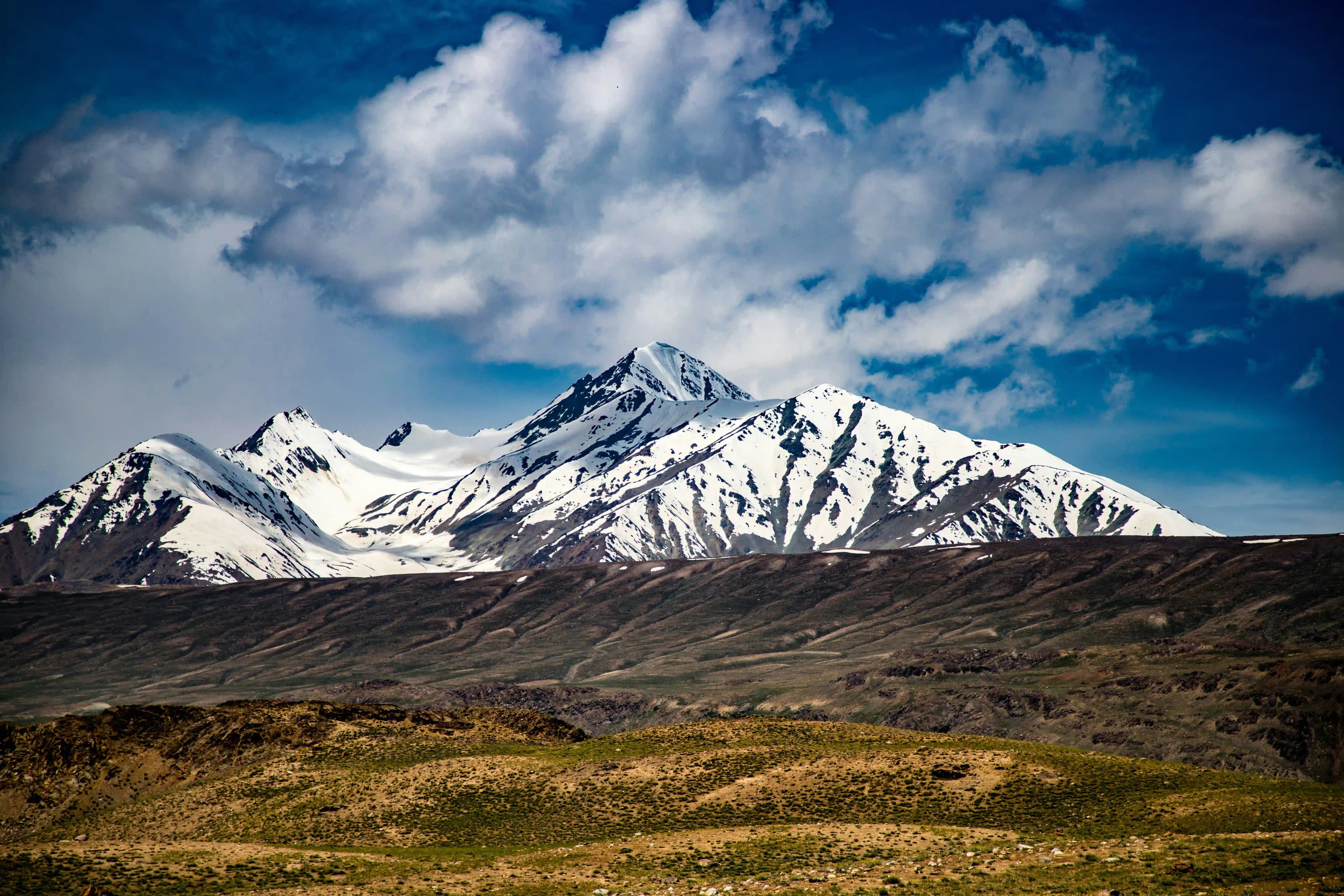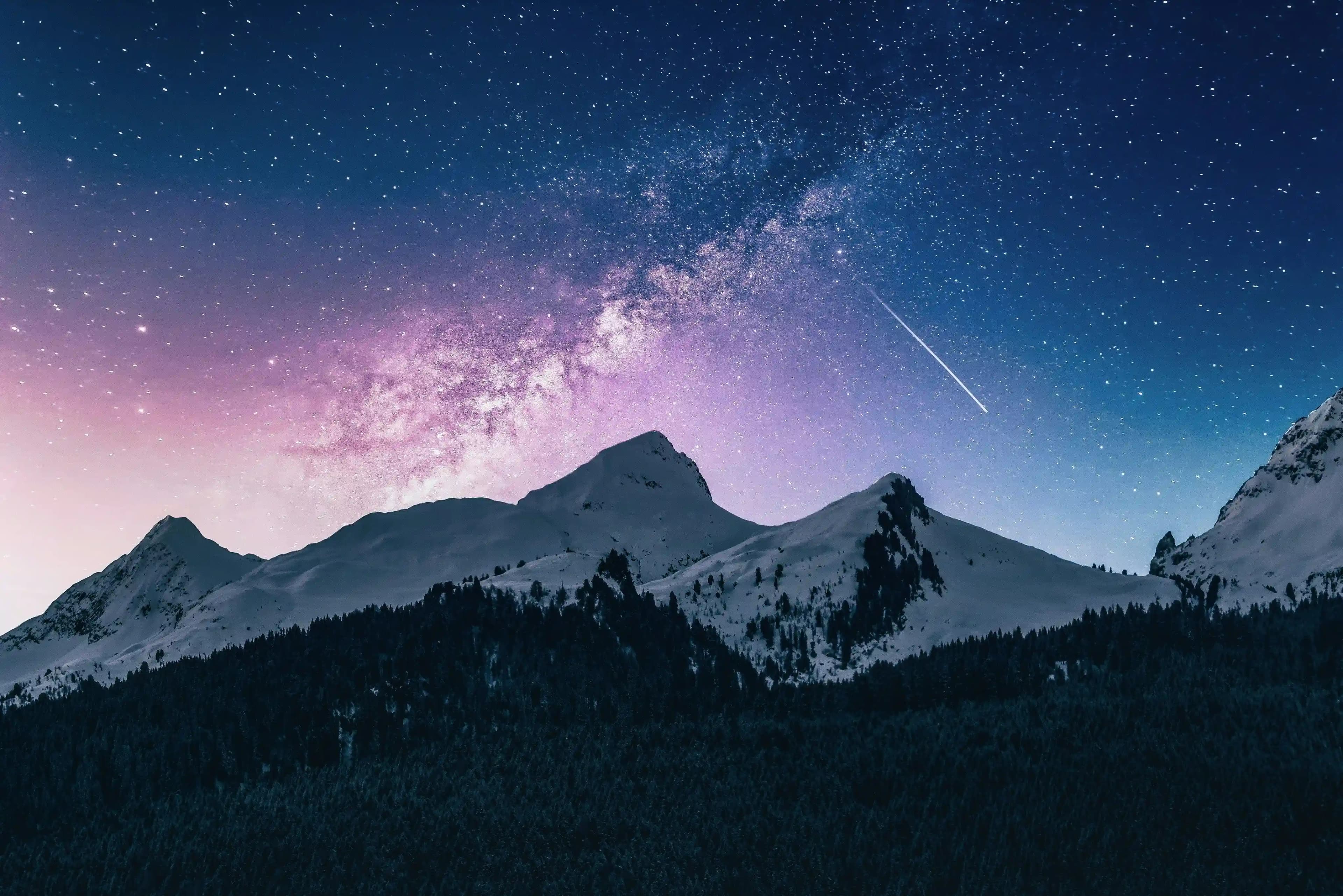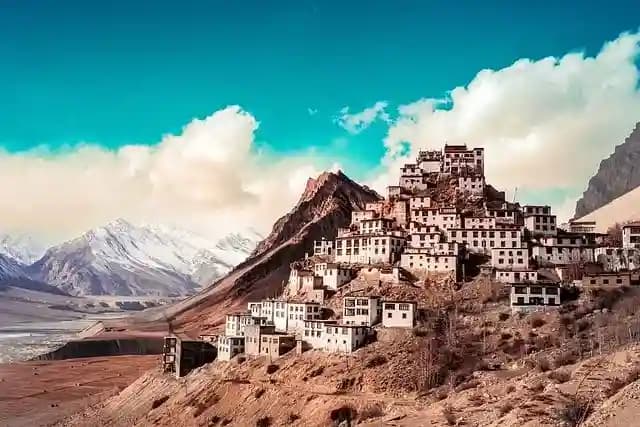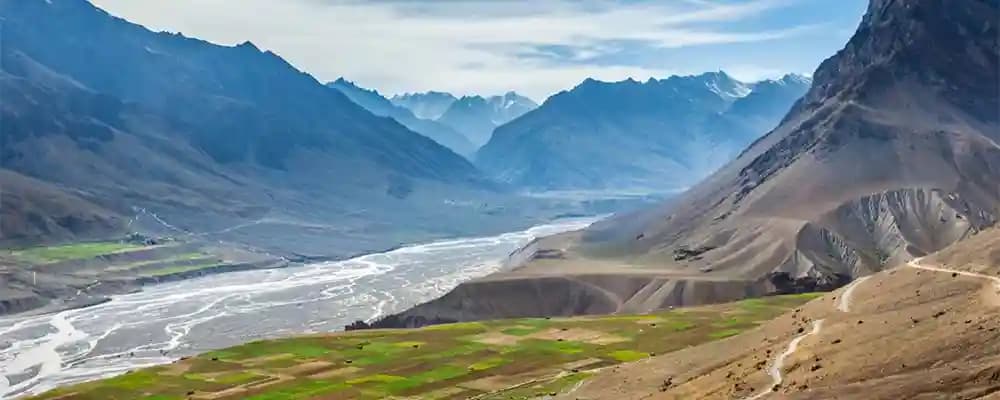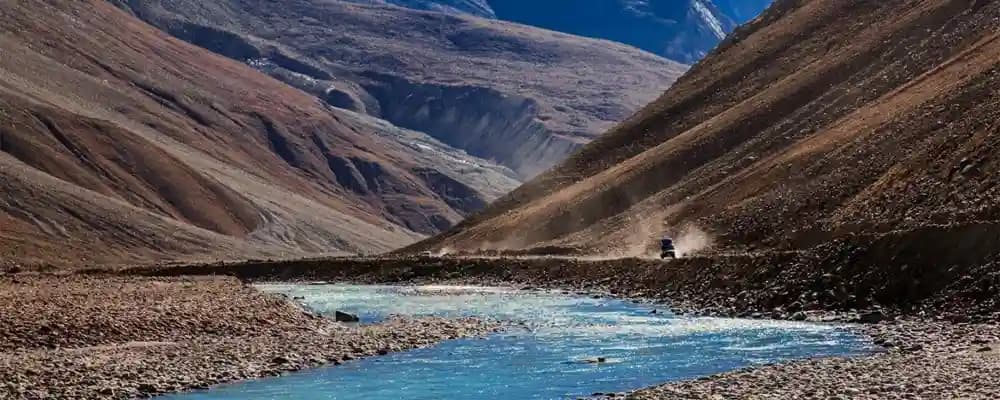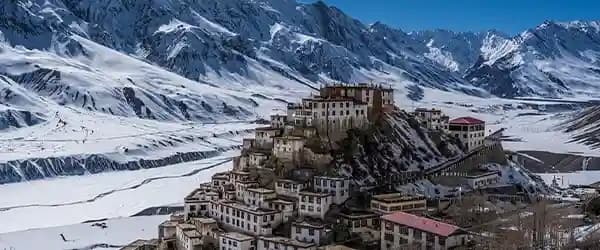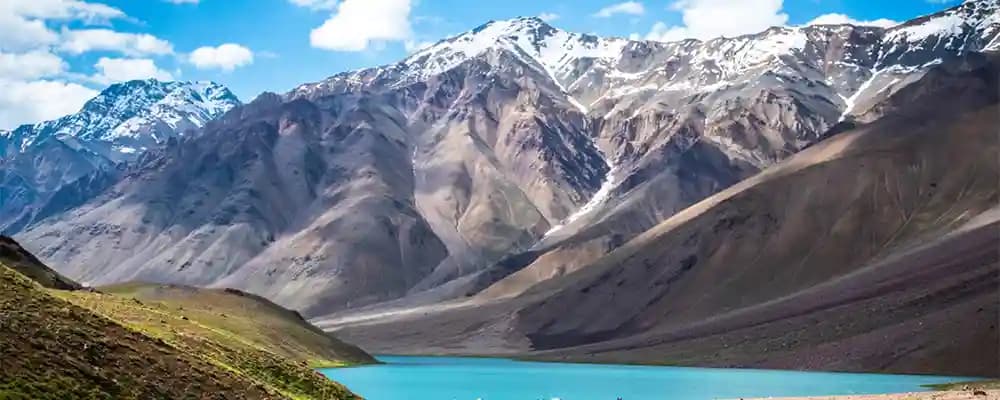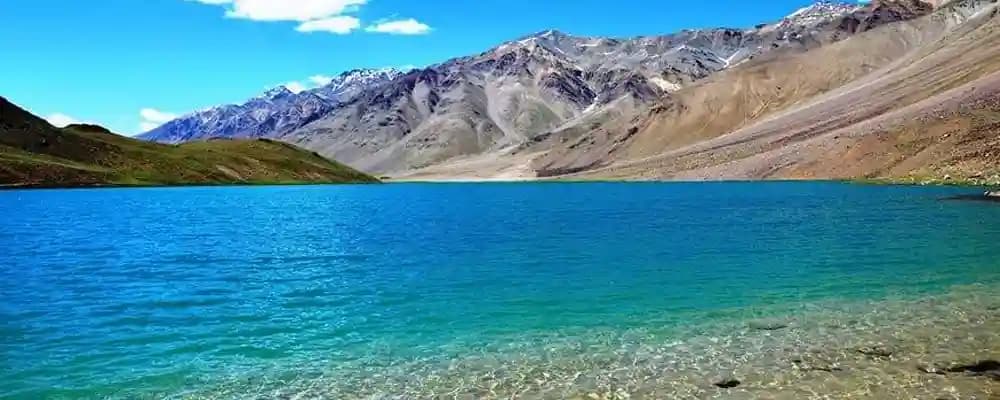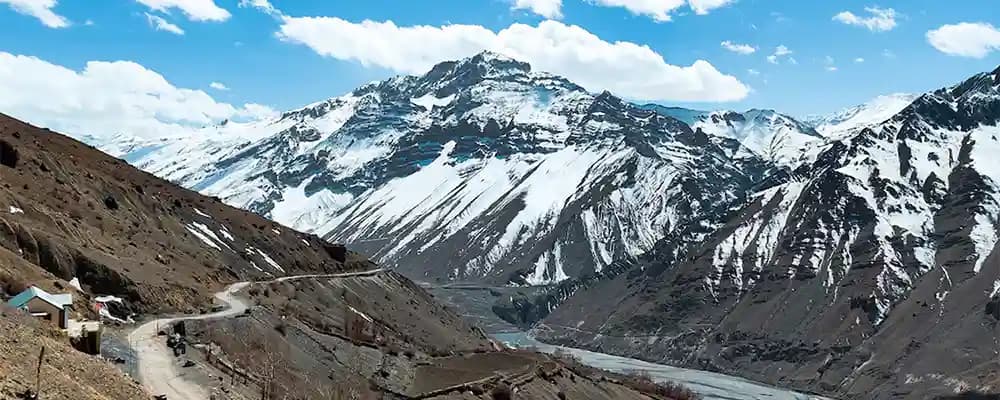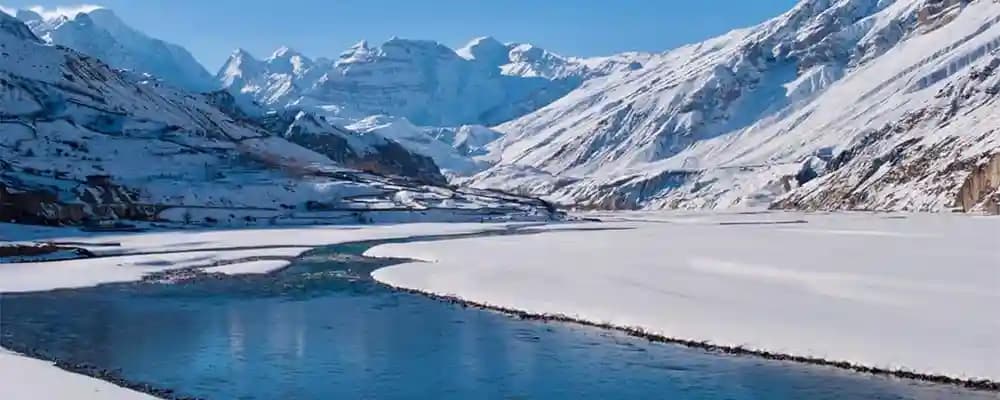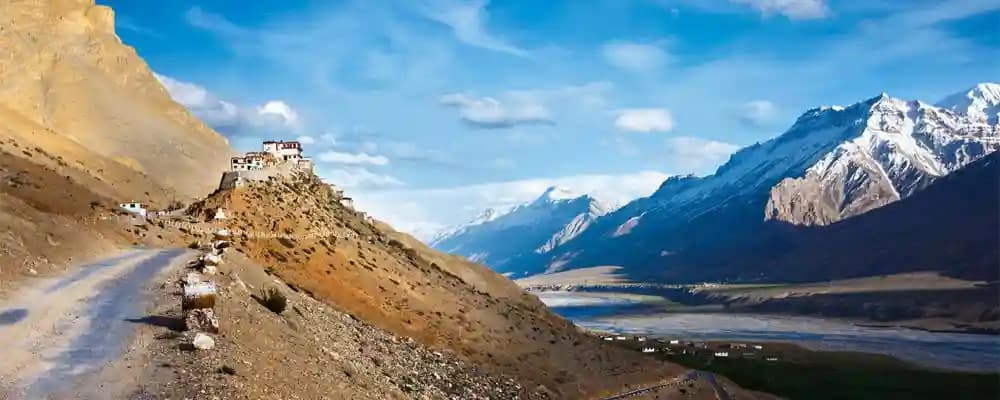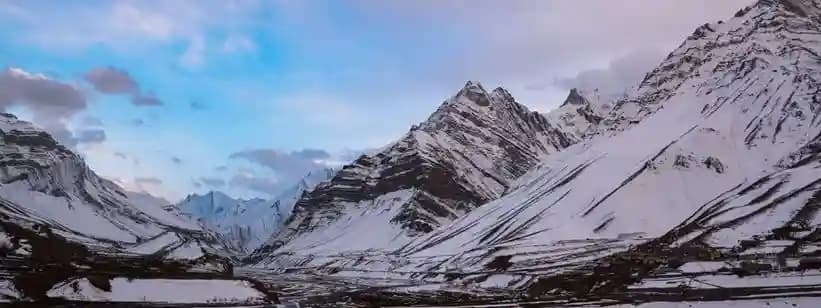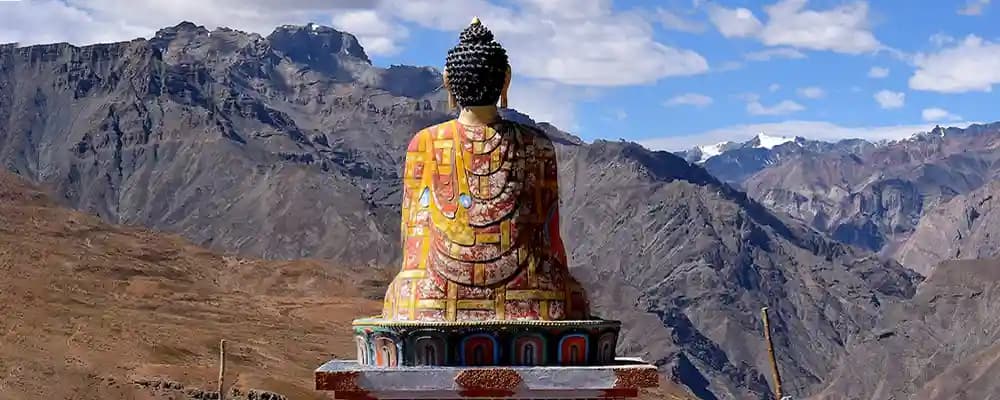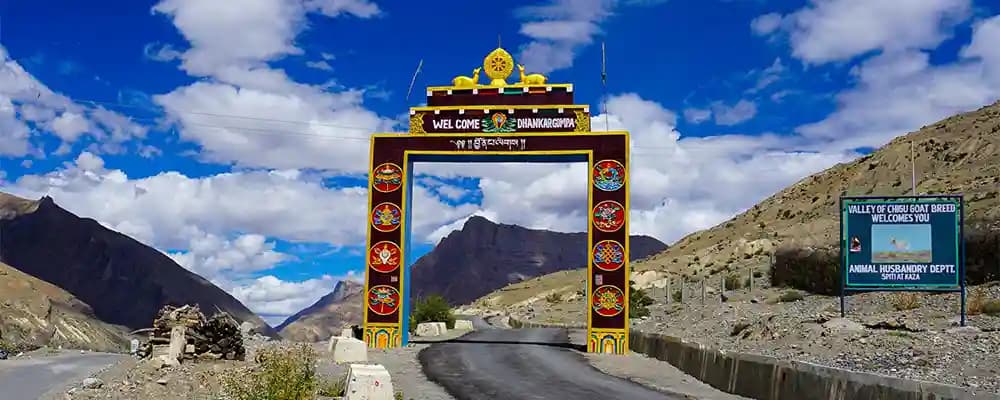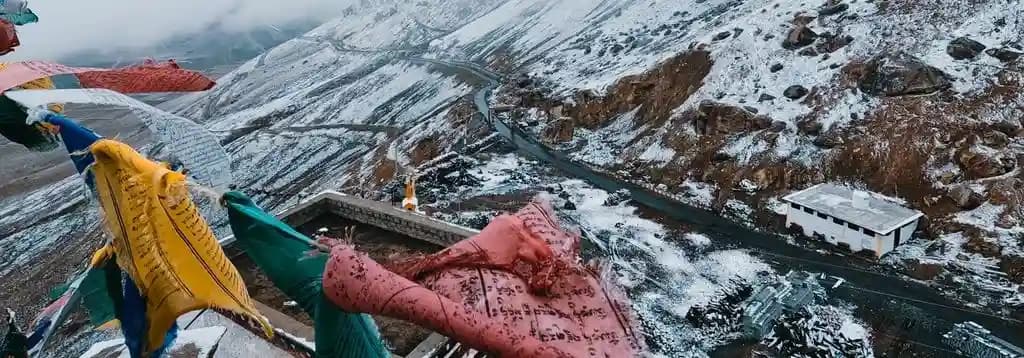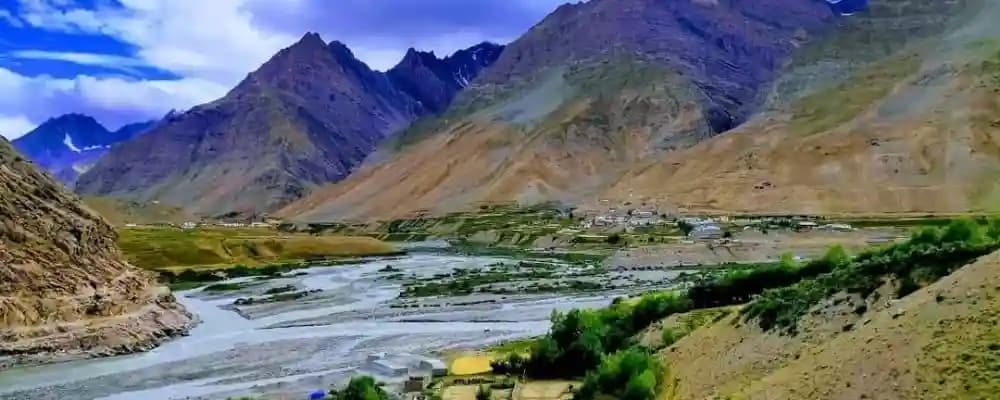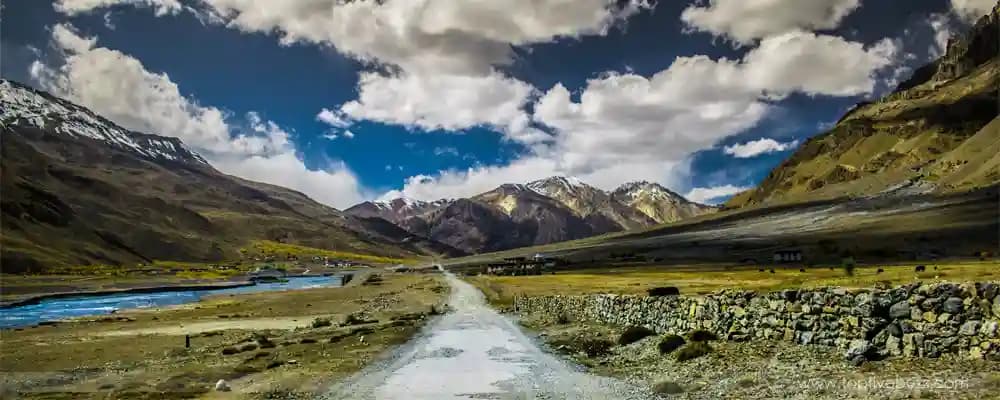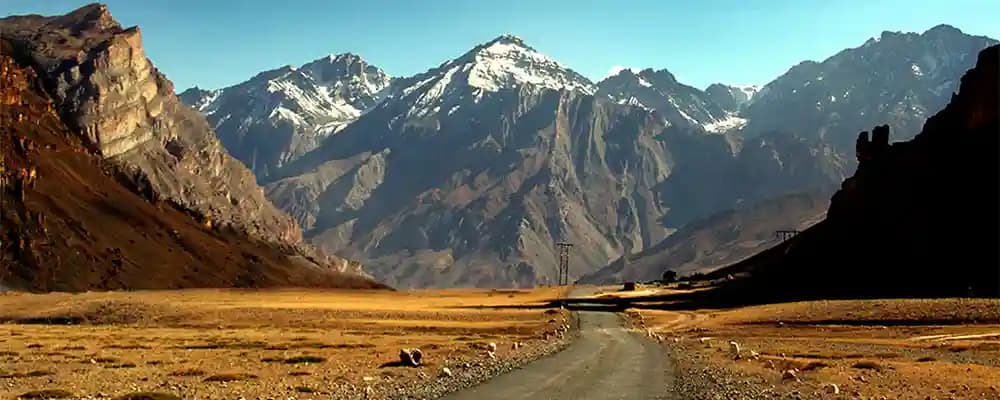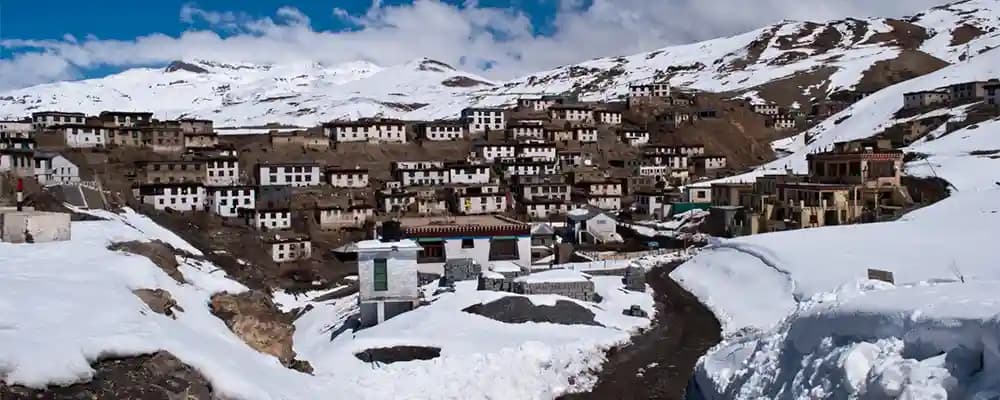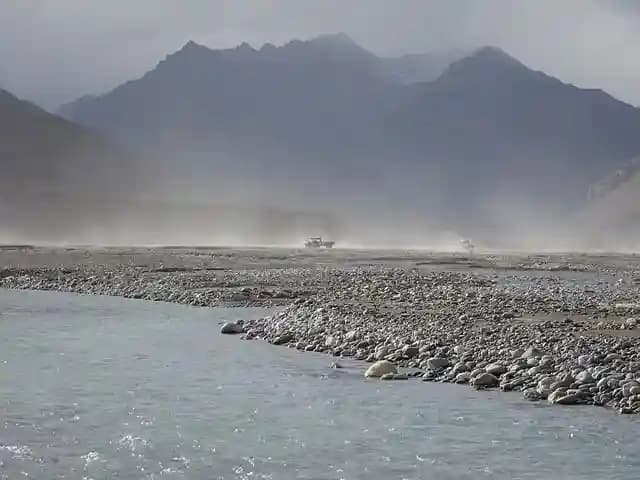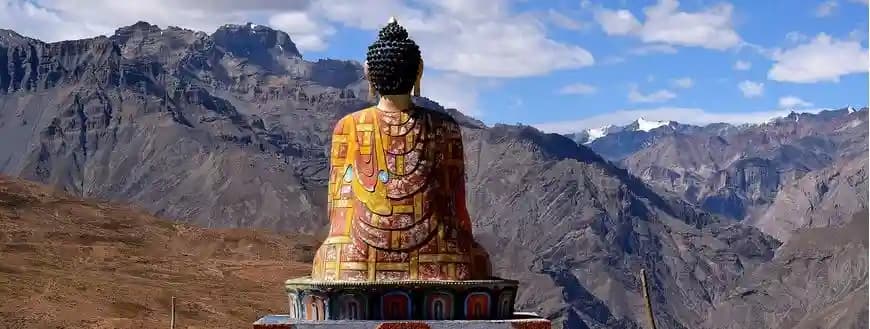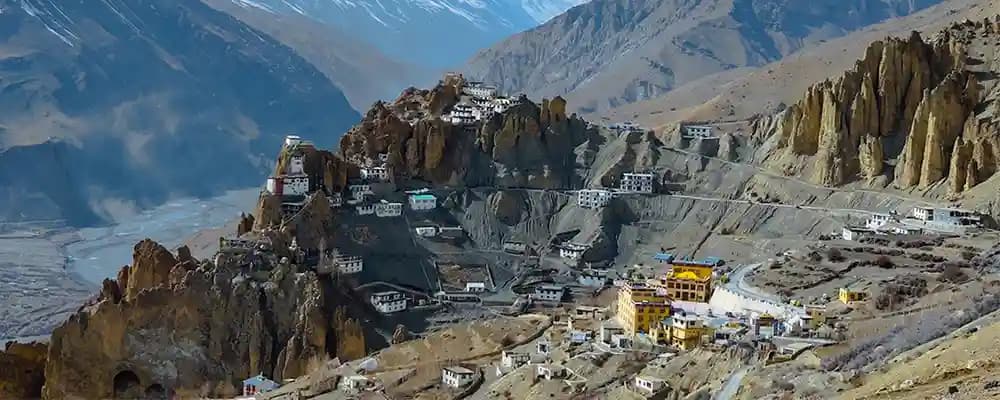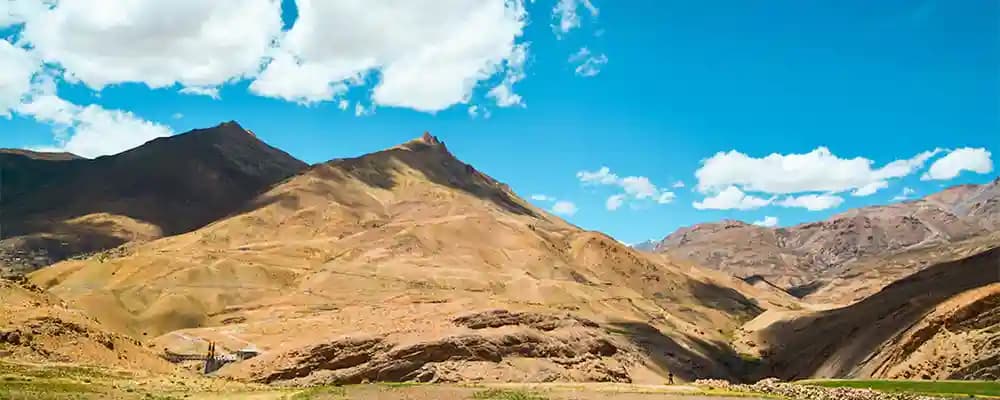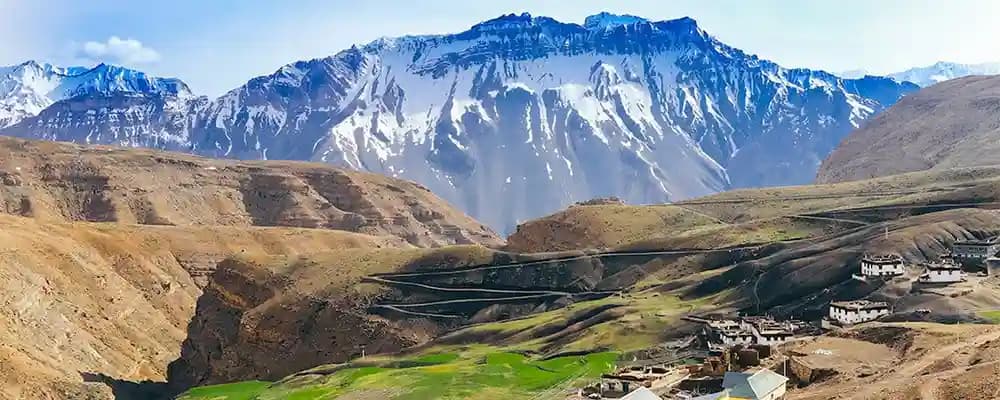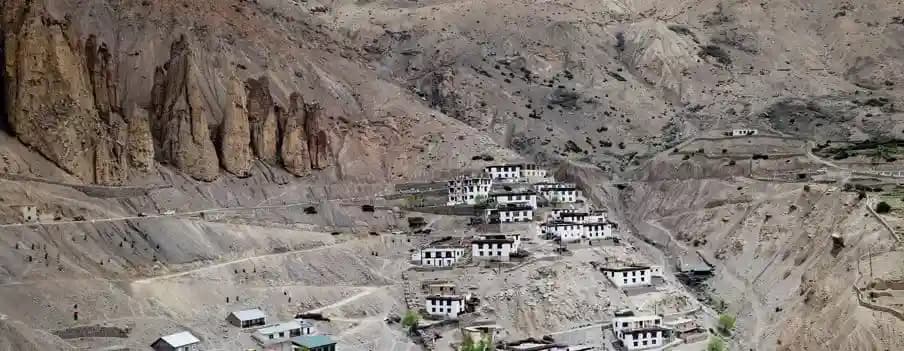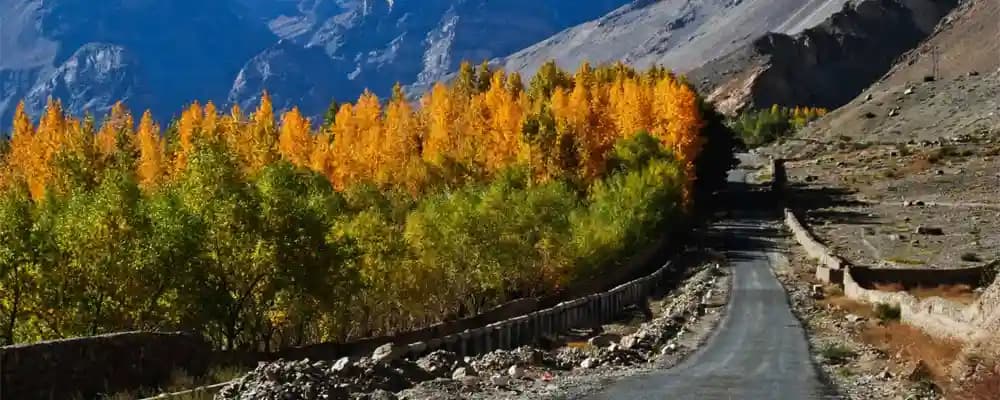Imagine a village perched high up in the mountains where snow leopards actually walk around and life just moves at its own gentle speed. Kibber village in Spiti Valley gives you exactly that experience. The rush of modern living hasn't reached here yet, leaving behind something quite magical. Standing at over 14,000 feet above sea level, many travellers recognise Kibber the highest village in the world for just how high up and beautiful it really is. This tiny Himalayan settlement has incredibly welcoming locals, centuries-old monasteries, and views so stunning that every direction you look deserves a photograph. If you're putting together your next mountain adventure with a Spiti Valley tour package, Kibber village absolutely needs to be on your itinerary.
This guide walks you through everything important about Kibber. You'll learn how you actually get there, the best times to visit, things you can do once you arrive, and other nearby spots worth checking out. Start planning your journey to this incredible mountain village that honestly feels like it exists in a different world altogether.
About Kibber Village
Kibber village is a small and peaceful settlement located in the Spiti Valley of Himachal Pradesh. It sits at an altitude of around 14,200 feet, making the Kibber village height one of the highest inhabited regions in the world. The village has around 80 to 100 houses made of stone and mud, which help people stay warm in the cold weather. The streets of the village are neat and peaceful. People here live a very simple life and mostly depend on farming, looking after their animals, and welcoming travellers. Kibber village Spiti is well known for its wildlife, especially the rare snow leopard that can sometimes be seen during the cold months. High rocky mountains and open valleys surround the village and make the view appear magical. There is a small Buddhist monastery in the centre of the village where people can sit and pray. It is near the Kibber Wildlife Sanctuary, which is home to numerous varieties of rare animals and plants. Life here moves very slowly and peacefully with mountains and empty land all around, far away from all the noise and rush of big cities.
Best Time to Visit Kibber Village
The Kibber weather stays cold through most of the year because the village is very high up in the mountains. The best time to visit Spiti is from May to October. During summer, the days are sunny, and the air feels fresh and dry. The roads from Manali and Shimla stay open, which makes travel easy. The days are warm enough to walk around, while the nights are cool, so you still need a jacket. This is also when visitors can enjoy clear mountain views, see green valleys, and meet locals in their daily life. Rain is very rare here, so you can explore freely without worrying about getting stuck.
Kibber in winter is a completely different experience. The whole village gets covered in thick snow, and the Kibber temperature often drops to -20°C. It becomes hard to reach because the mountain passes close due to heavy snow. Life slows down, and most people stay indoors to keep warm. But winter has its own beauty. The sky looks very clear, and sometimes travellers can spot snow leopards in the nearby sanctuary. Visiting during this time is tough but gives a true feel of life in the cold desert of Spiti.
How to Reach Kibber Village
Looking for how to reach spiti valley from Delhi or its famous village- Kibber, the journey needs planning because the village sits very high in the mountains. Below are clear options with distances, travel time, typical fares, and what to expect on each route. This will help you choose the best way for your trip and make packing and time plans easier.
By Road (Manali → Kaza → Kibber)
The most common route to Kibber is by road through Manali and Kaza. From Manali to Kaza the drive is about 180 to 200 kilometres and usually takes between six to ten hours depending on road conditions and whether you use the Atal Tunnel route. From Kaza to Kibber the road is short, around 18 to 22 kilometres, and the drive takes about 40 to 60 minutes. Taxis and shared Sumos run from Manali or Kaza. A one-way taxi from Manali to Kaza can cost from about ₹4,000 to ₹15,000 depending on the car type and season. From Kaza to Kibber a local Sumo or taxi may cost about ₹400 to ₹1,000 per person for shared seats, or ₹1,500 to ₹3,500 for a private vehicle. Roads cross high passes and narrow stretches, so drive carefully and allow extra time for stops.
By Road (Shimla / Reckong Peo → Kaza → Kibber)
Another route comes from Shimla through Reckong Peo and the Kinnaur valley. The Shimla to Kaza road is longer, roughly 420 to 440 kilometres, and can take 12 to 14 hours or more by car. This route is scenic and works well when the Manali side is closed. From Kaza continue the same short drive to Kibber. A long taxi from Shimla or Reckong Peo to Kaza usually costs more because of distance and time, often starting near ₹8,000 to ₹12,000 for shared options and higher for private cars. This route is good if you plan a longer valley circuit or are coming from the south.
By Air (Fly to Bhuntar / Kullu or Dharamshala then by road)
The nearest airport used by most travellers is Bhuntar (Kullu), near Kullu and Manali. Driving from Bhuntar to Kaza is about 230 to 240 kilometres and can take around seven to nine hours by road. Another option is Gaggal Airport near Dharamshala, which is about 120 to 140 kilometres to Kaza by road and takes around four to seven hours depending on route. From the airport take a taxi to Kaza and then a local vehicle to Kibber. Expect taxi fares from Bhuntar to Kaza to start around ₹2,500 to ₹3,500 per person for shared taxi options, and higher for private cars. This is often the fastest option if you prefer to fly part of the way.
By Train:
There is no direct train to Kaza or Kibber. The nearest major railheads are Chandigarh and Pathankot. From Chandigarh the road distance to Kaza is about 500 to 525 kilometres and the trip by road takes around 11 to 13 hours. Many travellers take a train to Chandigarh or Pathankot, then hire a taxi or take buses toward Shimla, Reckong Peo, or Manali and proceed to Kaza. Train fares vary widely by class and booking platform, so check schedules and book in advance. This option fits travellers who prefer long road journeys after a comfortable train ride.
Public Buses and Shared Vehicles
Himachal Road Transport Corporation and some private operators run seasonal buses from Manali to Kaza. These buses usually operate from mid-June to mid-October when passes are open. The bus ride from Manali to Kaza takes about ten to twelve hours and is the most budget option. From Kaza you can get local shared Sumos or jeeps to Kibber. Bus seats fill fast in peak season, so book early when you can.
Practical Notes and Tips for the Journey
Always check road status before you leave. Mountain roads close quickly in bad weather.
Carry warm clothes even in summer. Nights get very cold at higher altitudes.
Fuel, phone signals and ATMs are limited. Fill fuel at Kaza or bigger towns.
If you search “how to reach Kibber village” online you will find live bus schedules and private taxi options for your travel dates.
For travellers leaving from Delhi: the Delhi to Kibber trip usually mixes a train or flight to Chandigarh or Bhuntar and then long road travel. If you plan Delhi to Kibber by road all the way, expect more than a 12 hour drive to the base towns plus further travel to Kaza and Kibber.
Places to Visit Near Kibber Village
Here are the best places to visit near Kibber village. These spots are close enough for a day trip or a short drive from the village. Below are six places that give you nature, culture, and local life in simple, clear detail.
1. Kibber Wildlife Sanctuary
The sanctuary sits around the village and protects high-altitude wildlife. You can often see blue sheep, marmots, and many mountain birds in their natural home. The area is also where people try to spot the rare snow leopard, though sightings are rare and need patience. Trails through the sanctuary are good for short walks and nature study with a local guide. The landscape is wide and open, with long views of the surrounding peaks. Carry warm clothes and ask local guides about the best times to visit the sanctuary.
Distance from Kibber Village: The sanctuary begins at and around the village itself. You can step from Kibber straight into sanctuary trails.
Entry Fee: There is no general public entry fee. Guided wildlife or snow-leopard safaris need permits and paid guides; fees for these tours vary by operator.
Timing: No fixed gate hours. Wildlife watching is best in the early morning and late afternoon.
2. Komic Village
Komic is a tiny stone village reached by a short drive from Kibber. It is known for its high location and a small monastery that sits above the houses. The paths are simple to walk and the views of the valley are wide and clear from the village. People come here to see traditional houses and to feel the calm mountain life. There are very few shops, so bring what you need for the day. Visiting Komic shows a quiet side of Kibber village Spiti that many travellers love.
Distance from Kibber Village: Approximately 20 kilometres by road. The drive usually takes about 45 minutes to 1 hour, depending on road conditions.
Entry Fee: No entry fee for the village.
Timing: The village is open all day. Best visited in daylight for clear views and safe walking.
Note: Komic is famous as one of the highest motorable villages in the region.
3. Langza Village and Fossil Fields
It sits on a gentle hillside with a big Buddha statue in Langza that looks out across the whole valley. The rocky slopes here have many old sea fossils hidden inside them, which shows that this land used to be under ocean water long ago. Local guides can show you fossil pieces and teach you how to look at them without breaking or damaging the site. Langza also has small cafes and family homestays where you can eat local food and rest. The views towards the distant peaks and the calm village lanes make it a perfect photo stop. Walk slowly here and respect the houses and farmland.
Distance from Kibber Village: Approximately 14 kilometres by road. Travel time is roughly 30 to 45 minutes.
Entry Fee: No entry fee.
Timing: Open all day. Visit in daylight to see the fossil fields and the big Buddha statue clearly.
Note: Langza Village is known for marine fossils and a large Buddha statue on a hill.
4. Hikkim Village and the High Post Office
Hikkim is famous for its high-altitude post office where visitors can send postcards stamped from the hills. The village keeps a simple, traditional life with stone houses and thin roads. It is quiet and the people are very welcoming to guests who arrive politely. The route to Hikkim Village gives open views of the surrounding mountains and the small farm fields. A short stop here is pleasant and different from usual tourist spots. Carry stamps and a postcard if you wish to use the post office.
Distance from Kibber Village: Approximately 17 kilometres by road. The drive usually takes about 40 to 60 minutes.
Entry Fee: No entry fee to visit the village.
Timing: Village areas are accessible all day. The famous Hikkim post office usually functions in the morning to early afternoon (typical hours around 9:00 AM to 3:00 PM, but timings can vary).
Note: Hikkim is known for its very high-elevation post office.
5. Key Monastery
Key Monastery sits on a hill near Kaza and is one of the most important monasteries in Lahual Spiti. The building looks like a small fort and has many prayer rooms, old murals, and statues. Monks live and study here, and visitors may see chanting or small rites at certain times. The site offers clear views of the valley below and a quiet place to sit and reflect. Take off your shoes and move quietly when you visit the prayer halls. The monastery is easy to reach on the road from Kibber and makes for a calm cultural stop.
Distance from Kibber Village: Approximately 6 kilometres by road. Drive time is about 15 to 30 minutes.
Entry Fee: No fixed entry fee. Small donations are welcome at the monastery.
Timing: Generally open in the morning to late afternoon (roughly 7:00 AM to 5:00 PM). Timings can change for festivals.
Note: This is an active monastery and a major cultural site in the area.
6. Kaza Town
Kaza is the closest town and serves as the main centre for the whole valley. Small markets, basic hotels, and a few cafes are there where you can rest and pick up whatever you need. You can use Kaza as your starting point to plan longer journeys, find guides, or arrange rides back to Kibber village. There are old monasteries, small museums and other famous places to visit in Kaza, that you can visit if you want to learn about how people live here. A visit to Kaza helps you understand the wider region and gives practical support for further travel. Spend a few hours here to shop, eat, and prepare for the next day.
Distance from Kibber Village: Approximately 18 to 20 kilometres by road. Travel time is about 45 minutes to 1 hour.
Entry Fee: No entry fee to enter the town.
Timing: Town shops, banks, ATMs and markets operate during normal business hours (daytime). Fuel stations and services have set opening times.
Note: Kaza is the main hub for supplies, bank services, fuel, guesthouses and onward transport.
Things to Do in Kibber Village
Kibber Village offers quiet days and simple adventures. The place is for slow walks, clear views, and meeting local people. Below are the top six things to do in Kibber Village. Each one is easy to plan and fitting for the high mountain setting.
1. Walk the Village and Meet Locals
Take your time walking through the stone paths of Kibber Village and say hello to the people living here. The houses get built using stone and wood, following methods locals have used for generations. You'll often see residents wearing thick wool clothing, and many are happy to chat about their daily lives in the village. This walk gives a real view of daily life high in the mountains. Carry a small gift or sweets if you want to thank someone for their time.
2. Visit the Local Monastery
The small monastery in the village is calm and simple. Monks chant and pray at certain times each day. Visitors may sit quietly and watch the rituals or speak with the monks after prayer. The walls have old paintings and simple prayer flags outside. Dress modestly and keep your voice low while inside the prayer area.
3. Short Treks Around the Village
There are easy footpaths that leave from the village into nearby fields and ridges. These Spiti Valley treks take one to three hours and show wide views of the valley and far peaks. Trails pass meadows where yaks graze in summer and small streams in spring. Walk with a local guide if you plan longer routes for safety and local knowledge.
4. Birdwatching and Spotting Wildlife
Kibber sits near a wildlife area that hosts mountain birds and mammals. Bring binoculars to see griffon vultures, Himalayan snow cock, and sometimes blue sheep on the slopes. Your best chance to see animals happens early in the morning when they're moving about looking for food. Stay far back from any wildlife you spot, and do exactly what your guide says. This protects you and lets the animals go about their business without getting scared.
5. Photography at Sunrise and Sunset
The light in the valley changes quickly and makes strong photos at dawn and dusk. Sunrise paints the peaks pink while sunset gives deep golden tones to the village. Simple compositions of stone houses, prayer flags, and distant snow peaks work well. Carry spare batteries and warm clothes for early sessions.
6. Stay with a Local Family and Try Village Food
Staying at a homestay lets you meet a local family and try authentic home-cooked meals. You'll usually get thick lentil stews, fresh local bread, and butter tea that warms you right up. Living with a family for a few days shows you how they do traditional farming, weaving, and yak herding. This becomes one of the best ways to really understand what life in Kibber village feels like, and you'll leave with memories that actually mean something.
Tips for Visiting Kibber Village
Visiting Kibber Village is a unique experience, but it is high in the mountains and weather can be tough. Following simple tips can make your trip safer and more enjoyable. Here are some useful tips for travellers to Kibber Village.
Carry Warm Clothes: Even in summer, mornings and evenings can be very cold. Pack jackets, gloves, and hats to stay warm.
Acclimatize Slowly: The village is at high altitude. Take a day in nearby Kaza to adjust before heading to Kibber Village.
Travel Light: Roads are narrow and steep. Keep your luggage light to make travel easier.
Carry Cash: Shops are few, and ATMs are rare. Bring enough cash for food, transport, and small purchases.
Respect Local Culture: Dress modestly and ask before taking photos of people. Villagers follow traditional customs.
Plan Accommodation in Advance: Homestays and guesthouses are limited. Book early, especially in summer and festival seasons.
Conclusion
The village sits quietly high in the mountains and shows you how people really live at such heights. The narrow stone lanes, snow-covered peaks, and simple village routines make this place special for travellers. You can learn about local culture, see stunning mountain views, and possibly spot rare animals nearby. Walking through the Kibber village, visiting the old monastery, or exploring surrounding areas gives you a genuine feel of Spiti life. Pick the right season, sort your transport, and book accommodation early to make things easier. Visiting Kibber lets you experience the raw beauty of this cold desert and create memories that stay with you long after you leave.
